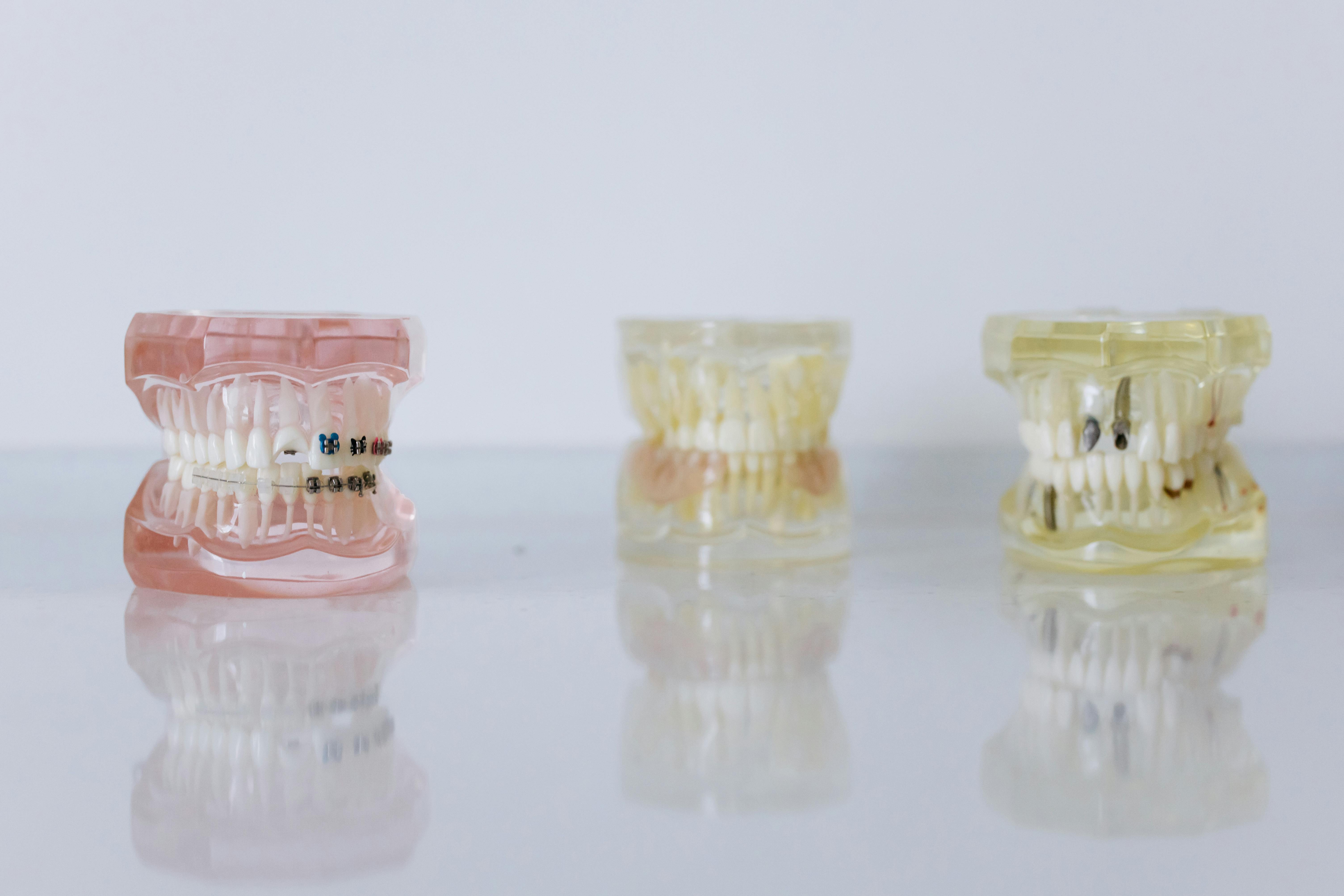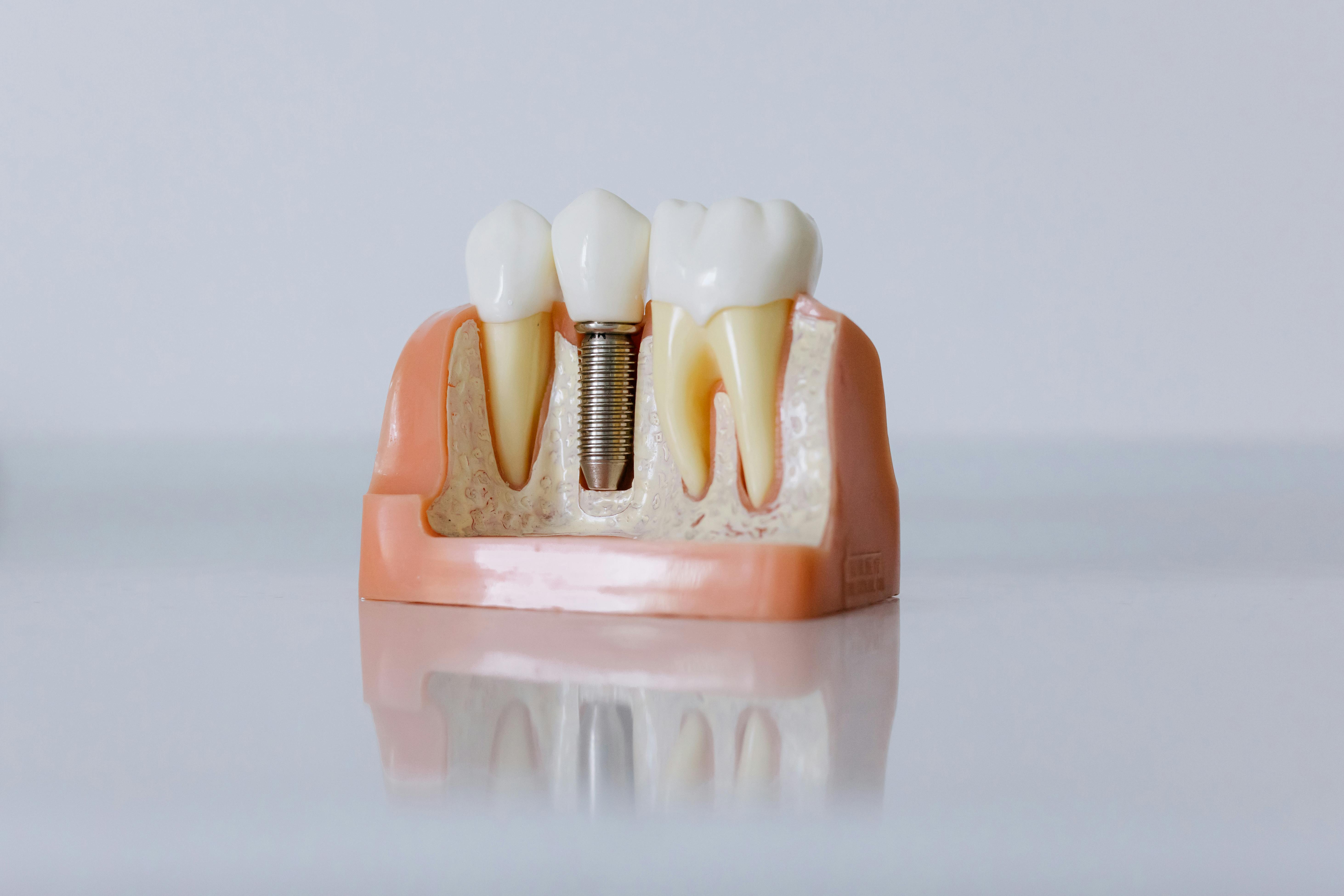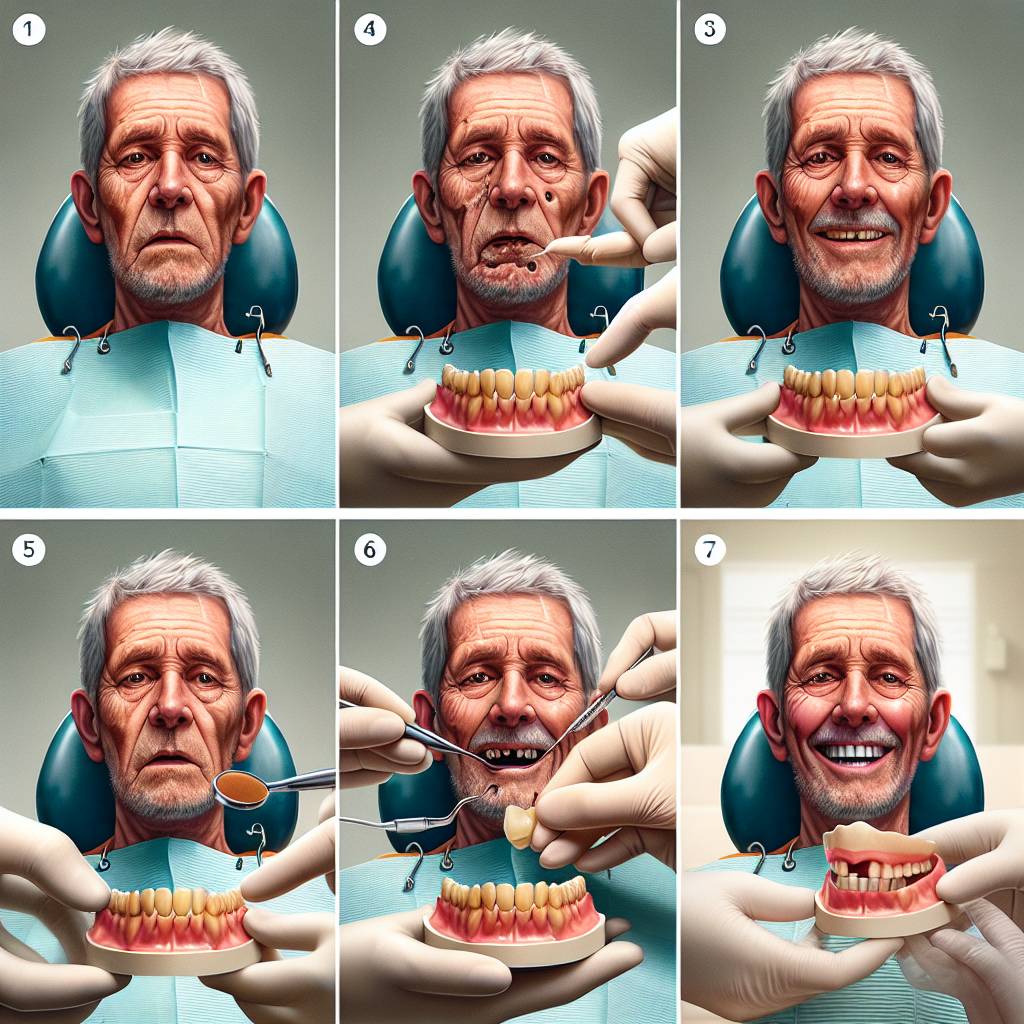Getting dentures after you have had teeth pulled can be a difficult and uncomfortable process. It is important to know how long after teeth pulled you need to wait before getting dentures. The amount of time needed will depend on the complexity of the procedure, the healing process, and the type of dentures being used. This article will explain how long it typically takes to get dentures after teeth have been pulled and what factors can affect this timeline.The amount of time it takes to get dentures after a tooth is pulled depends on the individual situation. Generally, it can take between three and six weeks after teeth are pulled for the gums to heal properly before dentures can be fitted and placed.
Types of Dentures
Before getting dentures after teeth pulled, it is important to consider the types of dentures that are available. These include full or partial dentures, implant-supported dentures, and overdentures. Full dentures are used to replace all natural teeth in one arch, while partial dentures are best used to replace a few missing teeth. Implant-supported dentures use dental implants to provide stability and support for the prosthesis. Overdentures fit over remaining natural teeth for increased support and stability.
Costs of Dentures
The cost of getting dentures after pulling your teeth is another factor that should be taken into consideration. The cost of the treatment will depend on the type of prosthesis chosen, as well as any other necessary treatments such as extractions or gum surgery. It is important to speak with your dentist about the cost of treatment before moving forward with any type of prosthetic treatment.
Fitting Process
The fitting process for dentures should also be considered before getting them after your teeth have been pulled out. This process usually involves multiple visits to the dentist to make sure that the prosthesis fits properly and is comfortable for the patient. During these visits, adjustments may need to be made in order to ensure a proper fit and comfort level. It is important that you are comfortable with the fit of your new prosthesis before moving forward with treatment.
Ongoing Maintenance
In addition to considering costs and fitting processes, it is also important to think about ongoing maintenance when getting dentures after teeth pulled out. Regular check-ups with your dentist are necessary in order to maintain optimal oral health and ensure that your prosthesis continues to fit properly. It is also recommended that you brush and floss daily in order to remove plaque buildup from around your gums and prosthesis.
Preparing for Dentures After Teeth Removal
It is always best to be prepared when it comes to dental care. If you are having teeth removed and need to get dentures, there are some things you should do in order to ensure that the transition is as smooth as possible. Here are some tips on how to prepare for dentures after teeth removal.
Visit Your Dentist
The first step in preparing for your dentures is to visit your dentist. Your dentist will be able to provide you with information about the different types of dentures available and what type may be best for you. They will also be able to answer any questions you may have about the process of getting dentures and how they will fit into your lifestyle.
Complete Necessary Dental Work
Before getting your dentures, it is important that any necessary dental work has been completed. This includes fillings, root canals, and other procedures that may need to be done in order for the dentures to fit properly. It is important that this work is done before the removal of teeth so that there are no complications when fitting the dentures.
Consider Financing Options
Dentures can be expensive, so it is important to consider financing options before getting them. There are a variety of financing options available, including loans, credit cards, and insurance plans. Make sure to research all of these options and find one that works best for you and your budget before making a decision.
Schedule Regular Follow-up Appointments
Once your dentures have been fitted, it is important that you schedule regular follow-up appointments with your dentist in order to ensure that they are fitting properly and staying in place correctly. This will help keep your mouth healthy and make sure that you get the most out of your new smile!
Impression
The first component of a denture fitting is the impression. An impression is a molded replication of the patient’s mouth. It will be used to create a cast of the patient’s mouth, which will be used to create the dentures. The dentist or dental technician will take multiple impressions, which are then used to design and construct the dentures. The process of taking an impression typically involves placing a tray of putty-like material in the patient’s mouth, which is then left there for several minutes before being removed and allowed to harden.
Trial Insertion
Once the dentures have been created, they must be tested for fit and comfort. This is done through trial insertion, in which the patient tries on their new dentures and any necessary adjustments are made. During this process, the dentist or dental technician will make sure that the dentures fit properly in the patient’s mouth and that they are comfortable to wear. They may also check for any areas where adjustments need to be made in order to ensure that the dentures fit perfectly.
Occlusion
Occlusion refers to how well your upper and lower teeth fit together when you bite down. During a denture fitting, your occlusion must be checked in order to ensure that your dentures fit properly and do not cause any problems such as tooth grinding or pain when you chew food. The dentist or dental technician will check your occlusion by having you bite down on special gauges that measure how well your upper and lower teeth fit together.
Final Adjustment
After all other components of a denture fitting have been completed, any necessary adjustments will be made in order to ensure that your dentures fit perfectly and comfortably in your mouth. This may include trimming down areas where there is excess material or adding wax or acrylic material where there are gaps between your gums and the base of your denture plate. Once all adjustments have been made, your new set of dentures should feel comfortable and secure when worn.
Getting Dentures After Tooth Extraction
The process of getting dentures after a tooth extraction starts with a consultation with your dentist. During this appointment, your dentist will discuss the best treatment option for you based on your oral health and medical history. Depending on the number of teeth that need to be extracted, it may be necessary to have bones and/or gums reshaped in order to accommodate the new dentures.
Your dentist may also recommend a dental implant to fill the space left behind by the tooth extraction. This is an artificial tooth root that is placed into the jawbone to provide a strong foundation for a replacement tooth. Dental implants are usually done in one or two stages, depending on how much bone needs to be replaced and reshaped during the procedure.
Once your dentist has determined which treatment option is best for you, he or she will take impressions of your mouth in order to create customized dentures that fit perfectly. Your dentures will then be made from high-quality materials in a dental laboratory and delivered to your dentist’s office. During this time, you may need multiple appointments with your dentist in order to make adjustments and fine-tune fit of the dentures before they are ready for use.
Once the dentures have been fitted, you will be given instructions on how to care for them properly and ensure they last as long as possible. You should also visit your dentist regularly in order to monitor their fit and determine if any adjustments need to be made over time. With proper care and maintenance, dentures can last up to five years or longer.
Overall, getting dentures after tooth extraction is a process that requires patience and dedication but can ultimately restore your smile back to its original beauty. If you have any questions about getting dentures after a tooth extraction, it’s important that you speak with your dentist so they can provide you with all the information you need before making any decisions about treatment.

Making and Fitting Dentures After Teeth Pulling
The process of making and fitting dentures after teeth pulling is a multi-step process that requires careful planning and attention to detail. The first step is for the dentist to take impressions of the patient’s teeth and gums. This allows the dentist to create a custom-fit denture that fits comfortably and securely in the mouth. Next, a wax model is created based on the impressions taken from the patient’s mouth. This wax model serves as a template for creating the denture itself.
The denture is then constructed from acrylic resin or other materials, depending on the needs of the patient. Once complete, it is polished and finished to ensure a smooth surface that is comfortable in the mouth. The next step is for the dentist to take an impression of the patient’s gums to make sure that the denture fits correctly and securely. If necessary, adjustments can be made to ensure a proper fit before it is permanently affixed into place with dental adhesive.
After taking all necessary measurements, adjustments, and impressions, it is time for the dentist to fit the dentures into place in the patient’s mouth. Depending on how well they fit initially, additional adjustments may be made before they are permanently secured with dental adhesives or screws. Finally, once everything is properly fitted into place, regular checkups should be scheduled so that any necessary further adjustments can be made over time as needed.
Overall, making and fitting dentures after teeth pulling requires patience and precision from both dentist and patient alike in order for them to fit properly in place and remain comfortable over time.
How Long Does It Take for a Denture to Fit Comfortably After a Tooth Extraction?
Adjusting to wearing dentures after having a tooth extracted can be difficult. The amount of time it takes for a denture to fit comfortably will depend on several factors, including the patient’s dental health and the type of denture they have chosen. Generally speaking, it can take anywhere from a couple of weeks to several months for a denture to fit properly.
First and foremost, it is important to give yourself plenty of time and patience while adjusting to your new dentures. Immediately after your extraction, your mouth may be swollen and you may experience some discomfort. Your dentist will normally recommend that you wait for the swelling to go down before having new dentures fitted.
In some cases, this could take up to two weeks or more depending on how quickly your gum tissue heals. Once the swelling has gone down, you should visit your dentist for them to make any necessary adjustments or repairs on the denture.
It may take some time before you feel completely comfortable with wearing your new dentures as your mouth needs time to adjust. Some people experience soreness in their gums or tongue while wearing their new dentures which can last up to two weeks or more as well. Eating softer foods and practicing talking with the dentures in can help speed up the process of getting used to them as well as help reduce any lingering soreness or discomfort in your mouth.
After several weeks of adjusting, most people find that their new dentures fit comfortably and they no longer experience any pain or discomfort when wearing them. However, if you still have problems with fitting after this period of time has passed then it is important that you speak with your dentist about having the necessary adjustments made on them so that they fit correctly and are comfortable for you.
Types of Materials Used to Make Dentures
Dentures are an artificial replacement for missing teeth and can be used to restore the appearance and functionality of a patient’s smile. When teeth are pulled, dentures may be recommended as a way to maintain the shape of the face and keep the remaining teeth in place. There are a variety of materials used to make dentures that can be customized for each patient’s unique needs.
The base material for dentures is acrylic resin, which is a lightweight but durable material that is ideal for creating custom-fitted dentures. This material can also be reinforced with metal clasps or bars to aid in a secure fit. Another popular type of denture material is Valplast, which is a flexible plastic resin that molds more easily to the gums for increased comfort.
In addition to acrylic resin and Valplast, other materials such as chrome cobalt alloys or titanium may be used in certain cases. These materials offer increased durability and strength compared to traditional acrylic resin but are often more expensive. Depending on individual needs and budget, patients can decide which type of material works best for them when selecting dentures after teeth have been pulled.
Finally, when choosing materials for dentures, consideration should also be given to any allergies or sensitivities the patient may have so that any potential reactions can be avoided. By selecting appropriate materials for their new dentures, patients will have an improved chance of achieving functional and aesthetically pleasing results.

Conclusion
The timeline for getting dentures after teeth are pulled depends on many factors, including how many teeth need to be extracted, how quickly the patient’s mouth heals, and the type of denture chosen. Typically, a patient can expect to receive dentures anywhere from one week up to several months after the extractions. It is important to follow your dentist’s instructions for post-extraction care in order to ensure proper healing and decrease the risk of complications.
Ultimately, the decision of when to get dentures should be discussed with your dentist who can provide personalized advice based on your individual situation. The goal is to ensure that the transition from natural teeth to dentures is a successful one. With careful planning and diligent followup care, it is possible for patients to enjoy a healthy smile with proper fitting dentures.

